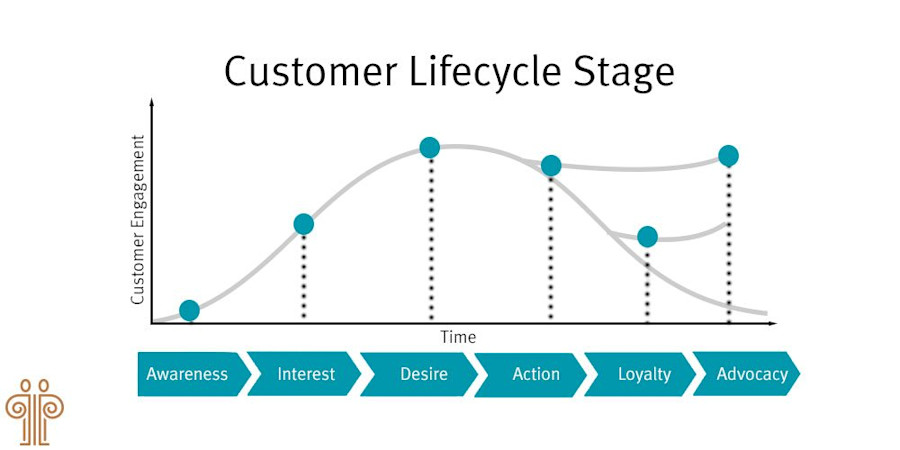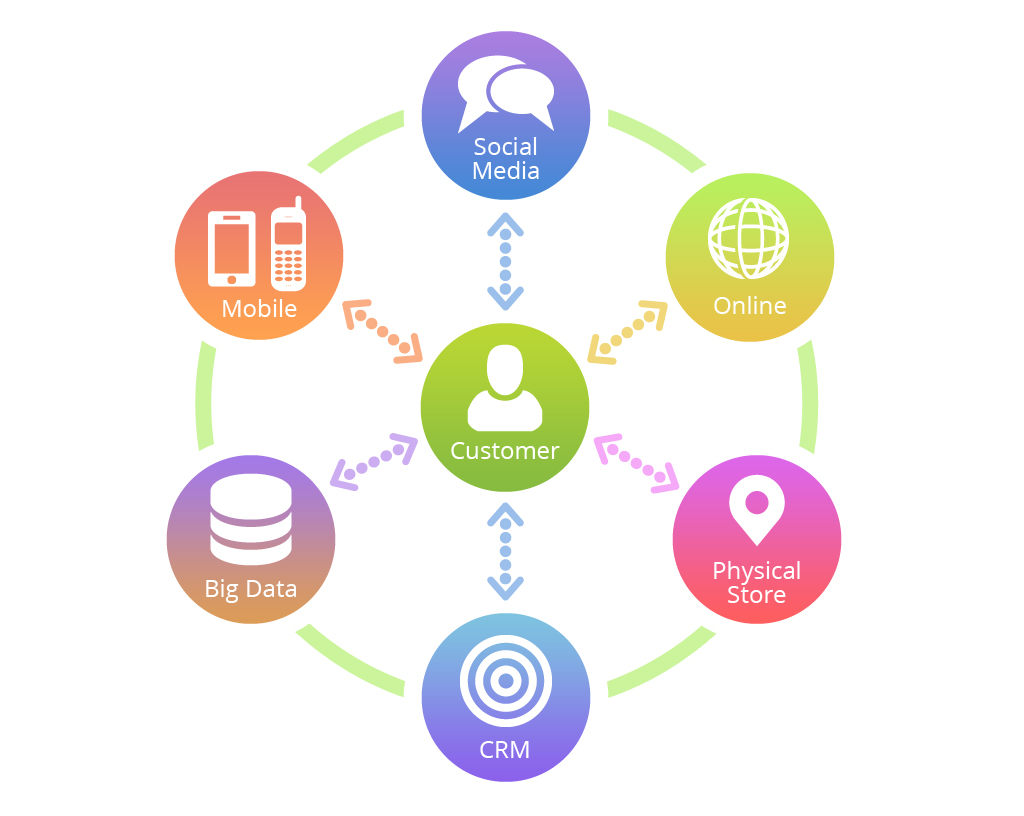Lifecycle Marketing in Complex B2B Journeys
B2B buyers don’t make snap decisions. They research, compare, evaluate, and loop in multiple stakeholders before they ever speak to sales, let alone sign a contract. And in industries with long sales cycles or technical offerings, the journey gets even more layered. That’s why B2B teams can’t afford to take a fragmented or one-size-fits-all approach to customer engagement.
Lifecycle marketing solves this by mapping and optimizing every stage of the buyer and customer journey, from initial awareness through post-sale loyalty. It creates a connected experience built on relevance, value, and trust. But in complicated B2B journeys, executing this well requires more than basic email flows or lead nurturing campaigns. It demands cross-functional alignment, deep audience insight, and a scalable strategy that supports long decision timelines.
Let’s break down how lifecycle marketing can guide B2B buyers through these intricate paths and build stronger customer relationships in the process.
Quick Takeaways
- Lifecycle marketing aligns content and engagement to each stage of the B2B buyer journey.
- Complex sales cycles require strategies built around personas, intent, and long decision timelines.
- Success depends on alignment across marketing, sales, and customer success.
- Full-funnel content and multichannel orchestration ensure relevance at every touchpoint.
- Measurement and iteration help teams refine and scale their lifecycle efforts over time.
Why Lifecycle Marketing Matters in B2B
B2C buyers often act alone. They can see an ad, click a link, and make a purchase within minutes. B2B buyers, on the other hand, operate within a team. According to Gartner, the average B2B buying group involves 6–10 decision makers, each with different priorities. The path to purchase is nonlinear, filled with independent research and internal discussions.
Lifecycle marketing acknowledges this reality by:
- Identifying and addressing needs at each stage: From generating demand to helping a champion build internal consensus, lifecycle marketing delivers content and touchpoints that match the buyer’s state of mind.
- Orchestrating engagement across channels: No one journey looks the same. Email, events, content hubs, outbound calls, and social must work together to move prospects forward.
Building continuity beyond the sale: Retention, renewal, and expansion are part of the lifecycle. Marketing doesn’t stop when a deal closes.
Without a lifecycle strategy, marketing efforts tend to spike during lead generation and go quiet afterward, missing huge opportunities for influence, revenue growth, and customer loyalty.
The Key Stages of a Complex B2B Lifecycle

While every organization defines its stages differently, most complex B2B journeys share these core phases:
1. Awareness
The goal here is visibility. Buyers become aware of their challenge and start searching for potential solutions. They’re not ready to engage with sales yet—they’re educating themselves.
Tactics that work:
- Thought leadership content addressing industry pain points
- SEO-optimized blog articles and videos
- Paid social campaigns targeting known personas
- Third-party webinars and sponsorships
2. Consideration
At this stage, buyers are comparing options. They’ve defined their need and are shortlisting solutions that align with their goals and constraints.
Tactics that work:
- In-depth comparison guides
- Case studies showing proven ROI
- Personalized nurture emails with content recommendations
- Retargeting ads that reinforce value
3. Decision
Internal stakeholders are finalizing budget, requirements, and vendor selection. The deal can stall or accelerate depending on how well the vendor supports evaluation and consensus-building.
Tactics that work:
- Interactive ROI calculators
- Sales enablement materials tailored to stakeholder roles
- Executive summaries and one-pagers for buying committees
- Live demos and trial support
4. Onboarding
Once the contract is signed, it’s time to deliver value quickly. The onboarding phase sets the tone for adoption, retention, and long-term satisfaction.
Tactics that work:
- Welcome sequences introducing key contacts and resources
- In-app guidance and training materials
- Milestone-based check-ins from customer success
5. Engagement and Growth
This is the phase where lifecycle marketing often goes silent, but shouldn’t. Customers who understand and use your product effectively are more likely to renew, expand, and advocate.
Tactics that work:
- Newsletters with feature updates and usage tips
- Customer-exclusive webinars
- QBRs (Quarterly Business Reviews) with value reporting
- Targeted campaigns for upsell and cross-sell
6. Advocacy
Happy customers are your best marketing channel. Formalizing and activating advocacy can shorten sales cycles and build credibility in the market.
Tactics that work:
- Referral and review programs
- Customer spotlight content
- Speaker opportunities at events
- Involvement in product roadmap feedback
What Makes Lifecycle Marketing Work in Complex B2B Journeys
Succeeding with lifecycle marketing in B2B is about being intentional. Here’s what separates strong programs from generic ones:
Segmentation by Buying Role and Intent
In long B2B sales cycles, knowing who you’re speaking to matters just as much as when. Lifecycle marketing must distinguish between technical evaluators, economic buyers, champions, and users. Each persona needs different messaging and content. Intent signals (from website visits to engagement patterns) can further personalize timing and topics.
Omnichannel Orchestration Across the Buyer Journey
Lifecycle marketing in B2B relies on omnichannel execution. Buyers move between channels (email, ads, social, events, and direct outreach) often within the same stage. Your campaigns must create a consistent experience across all touchpoints.

To do this, automation platforms, CRM systems, and sales tools need to work together. When done well, omnichannel orchestration keeps engagement aligned with where each buyer is in their journey.
Sales and Marketing Alignment
B2B journeys don’t follow neat handoffs. Sales and marketing must align on stage definitions, messaging, and lead/account ownership. Shared dashboards and SLAs help ensure lifecycle marketing doesn’t stop at MQL.
Full-Funnel Content Strategy
You can’t just create bottom-funnel assets and hope for the best. Effective lifecycle marketing supports every stage with the right format and depth: blogs and social for awareness, calculators and playbooks for evaluation, FAQs and onboarding guides for retention. Repurposing is key, but so is strategic originality.
Measurement and Iteration
You need to know what’s working. Define success metrics for each lifecycle stage (whether that’s MQL-to-SQL conversion, onboarding time, product adoption rate, or upsell pipeline) and optimize based on performance.
Build a Smarter Lifecycle Marketing Strategy with Televerde
Lifecycle marketing gives B2B organizations the structure and insight they need to engage buyers across complex journeys. But executing it effectively requires alignment, strategy, and consistent follow-through.
Start by mapping your current touchpoints, identifying gaps by stage or persona, and aligning teams around shared goals. The sooner you take a connected approach, the sooner you’ll see stronger engagement, smoother conversions, and longer customer relationships.
Ready to build a full-funnel lead generation system that delivers consistent results as you scale? Televerde’s demand generation solutions combine strategy, data, and expert support to help you attract, engage, and convert the right buyers at the right time. Contact us to learn more.


